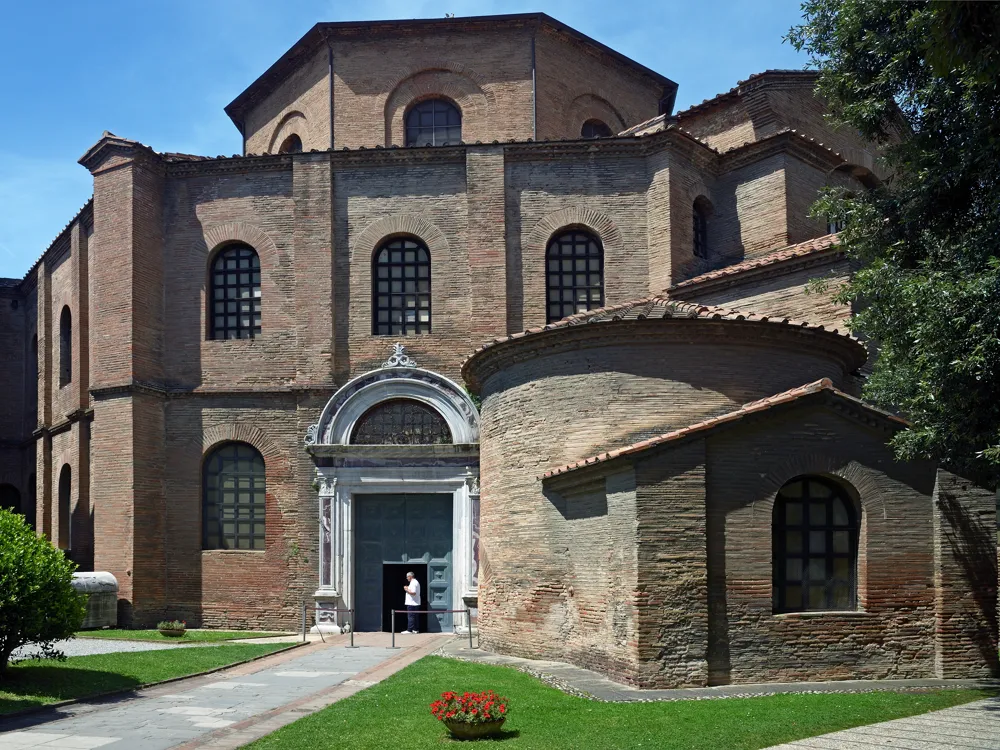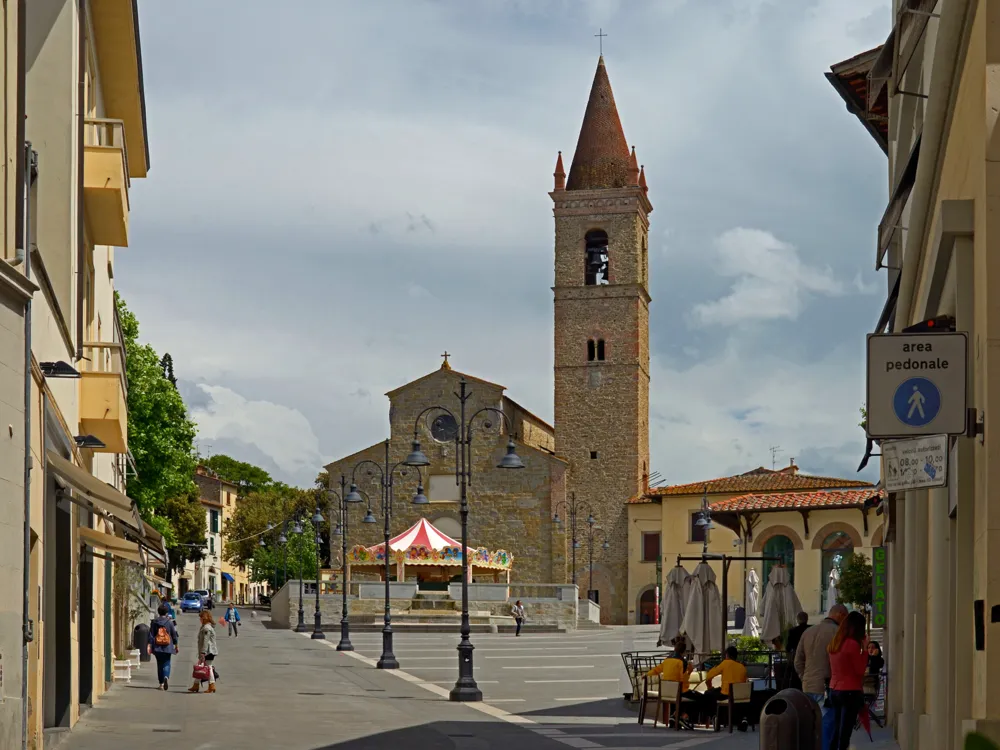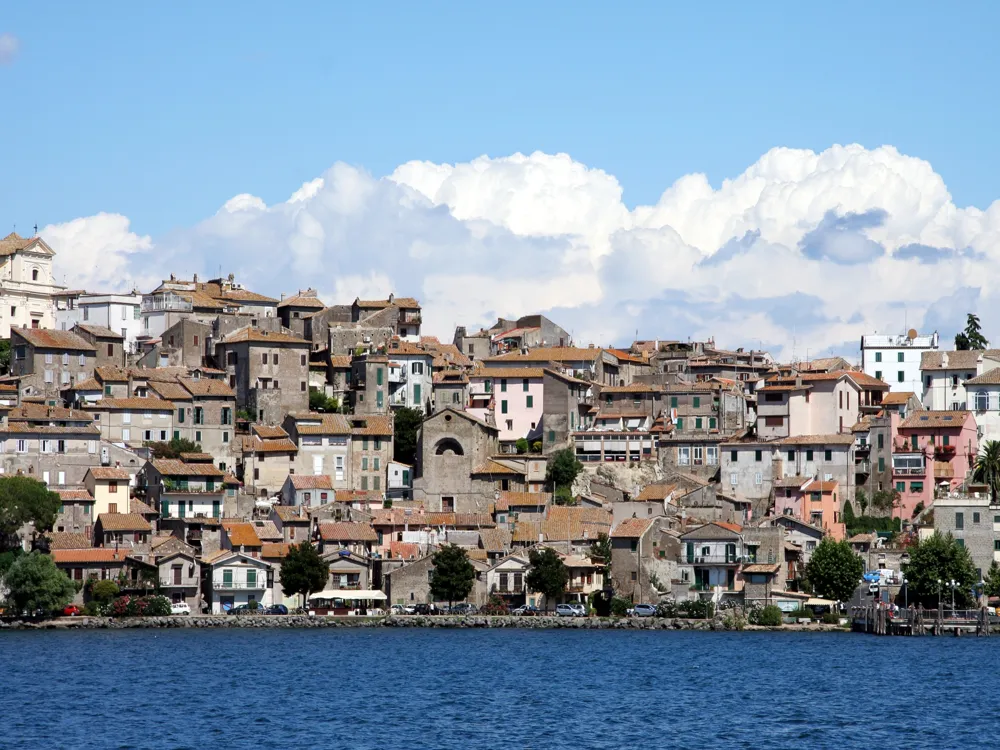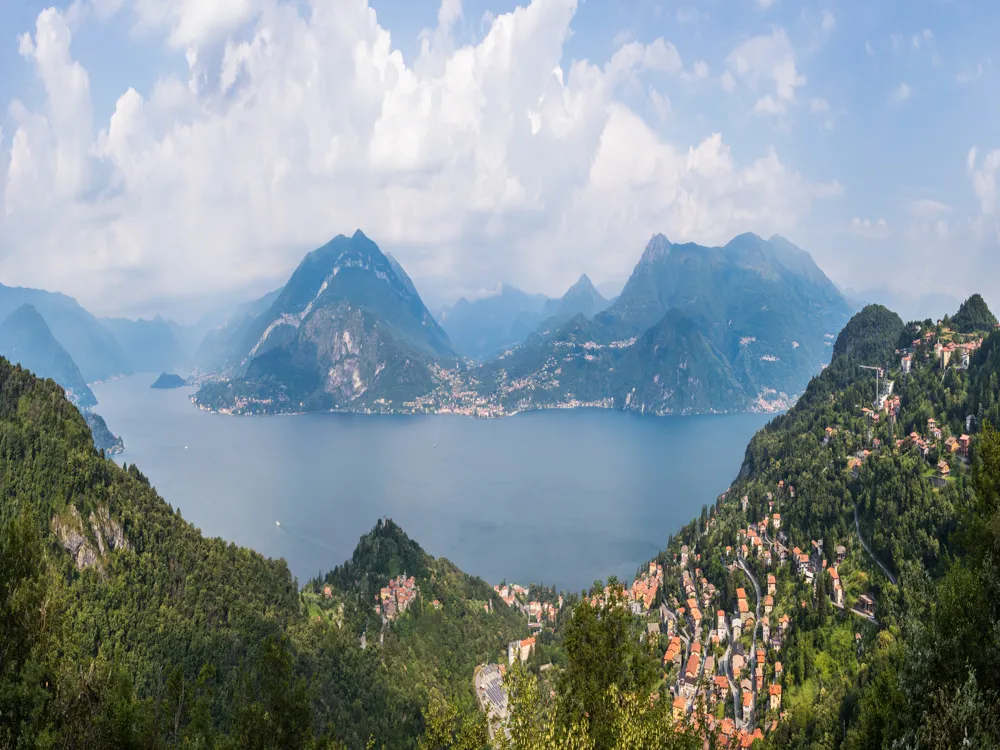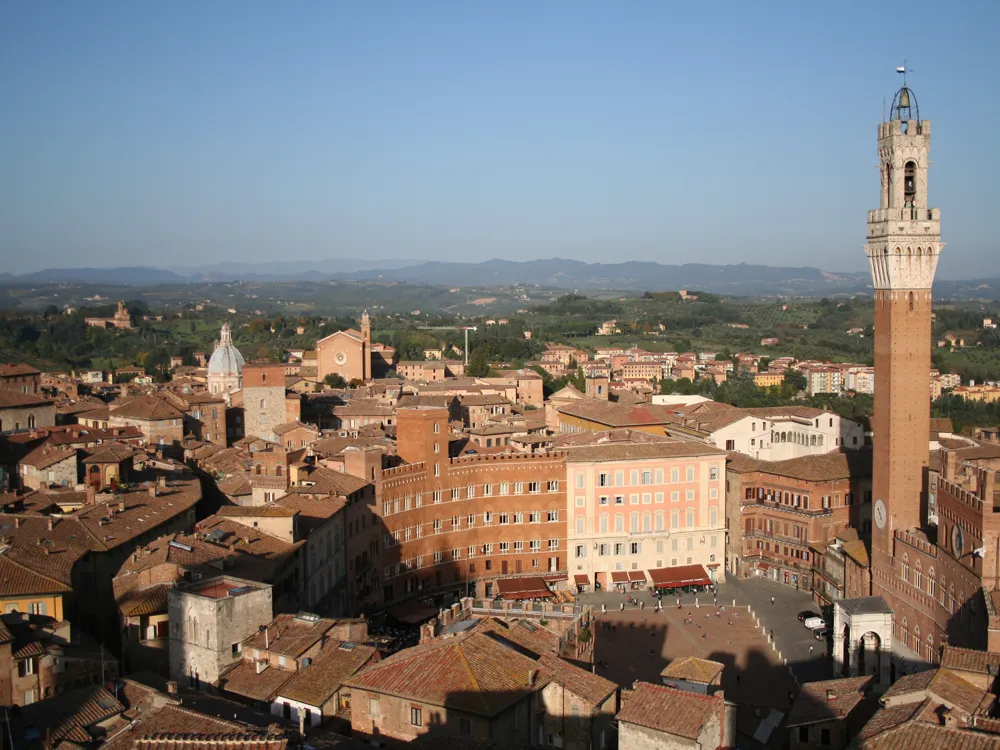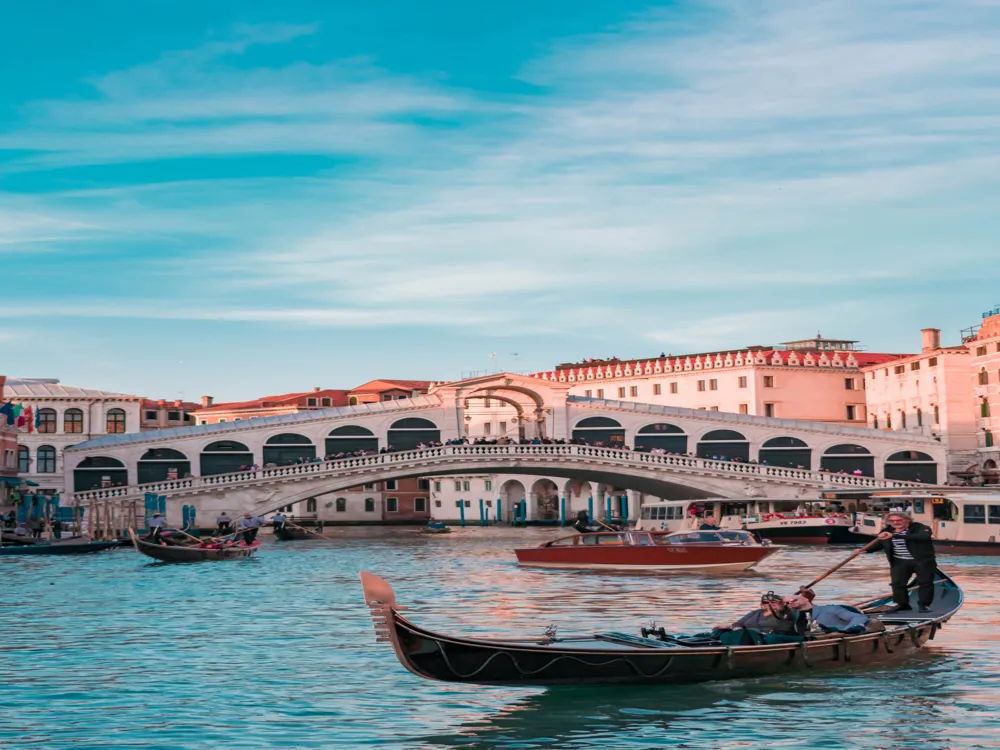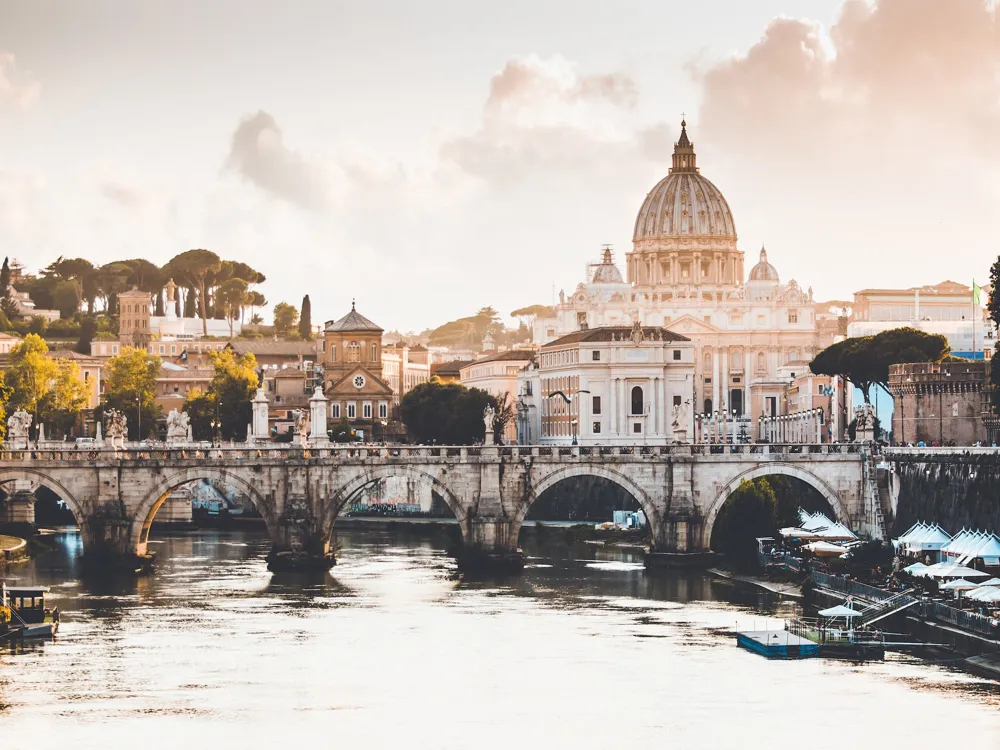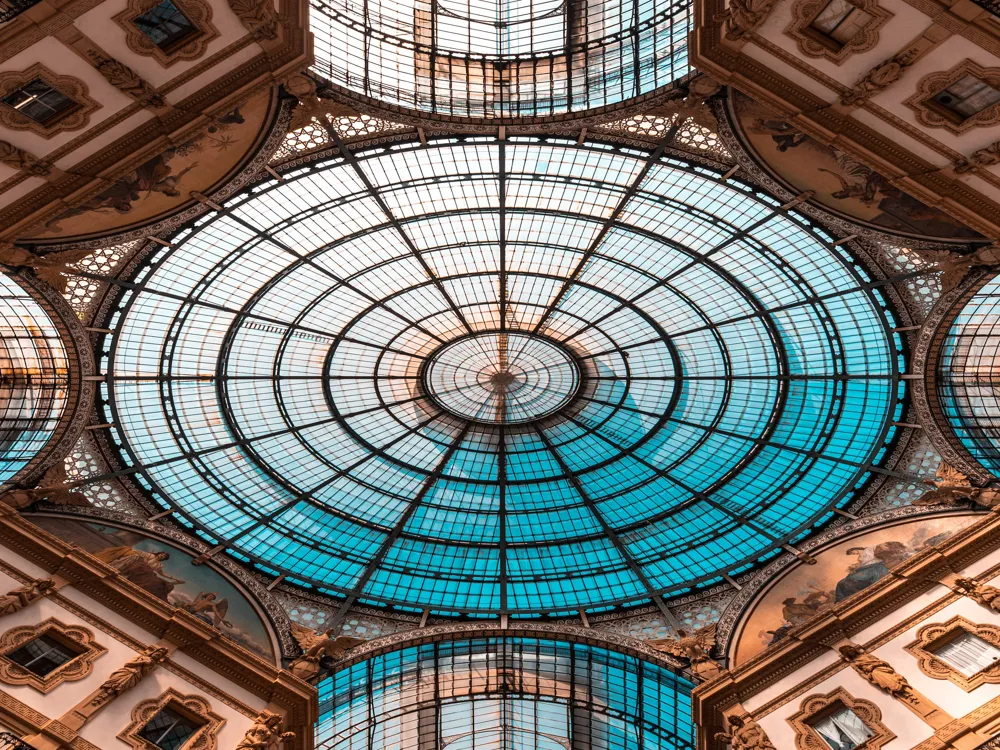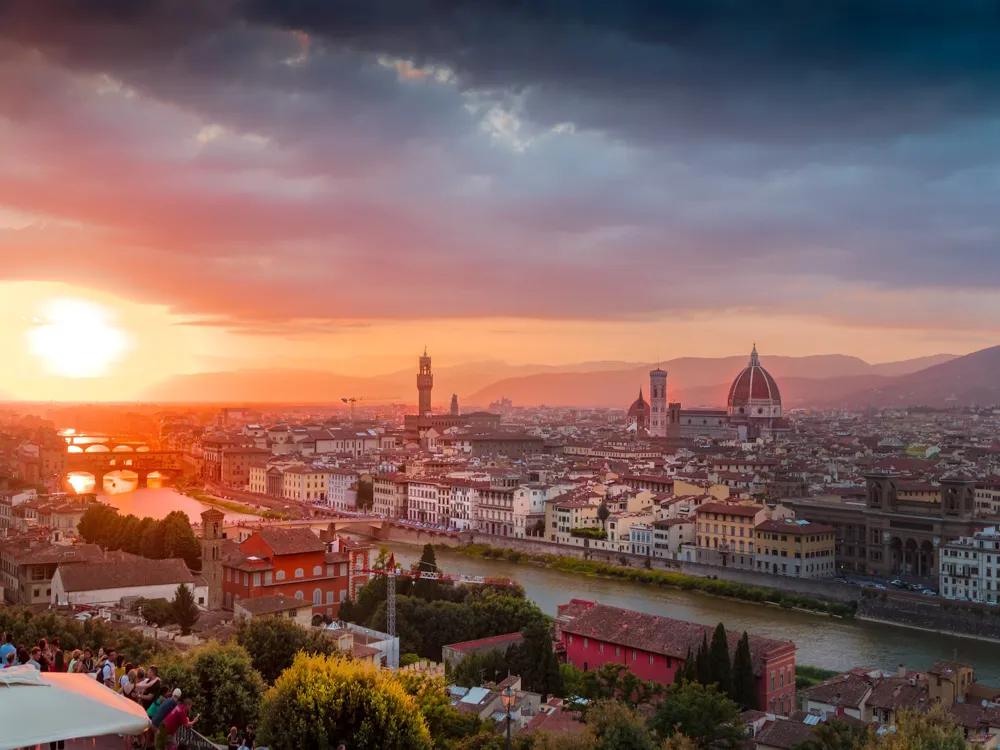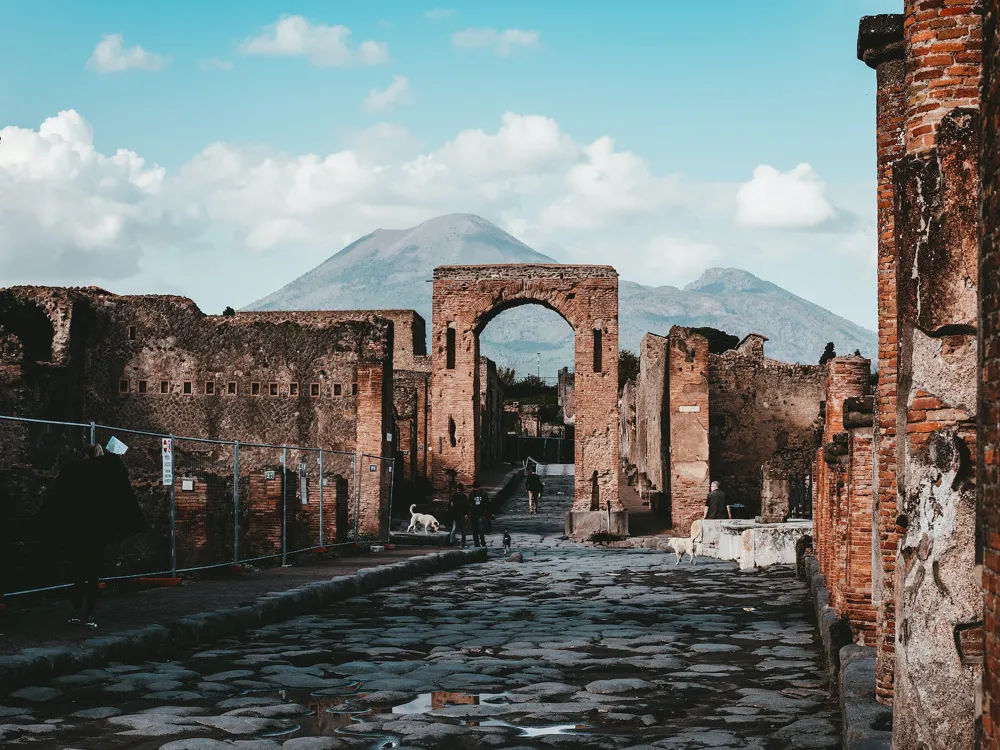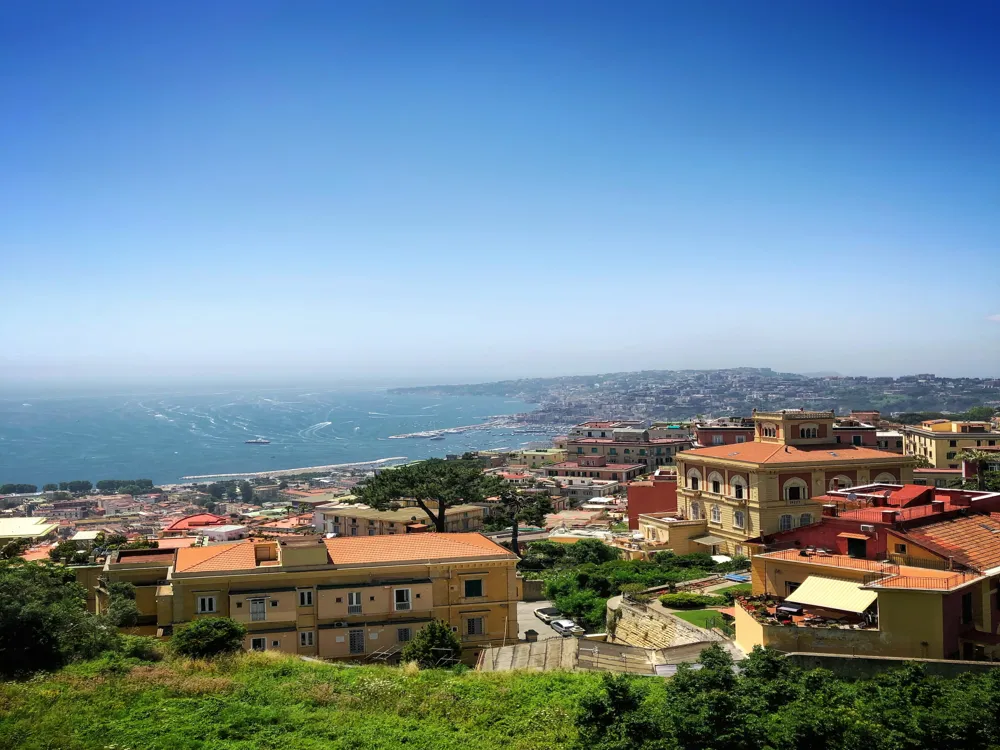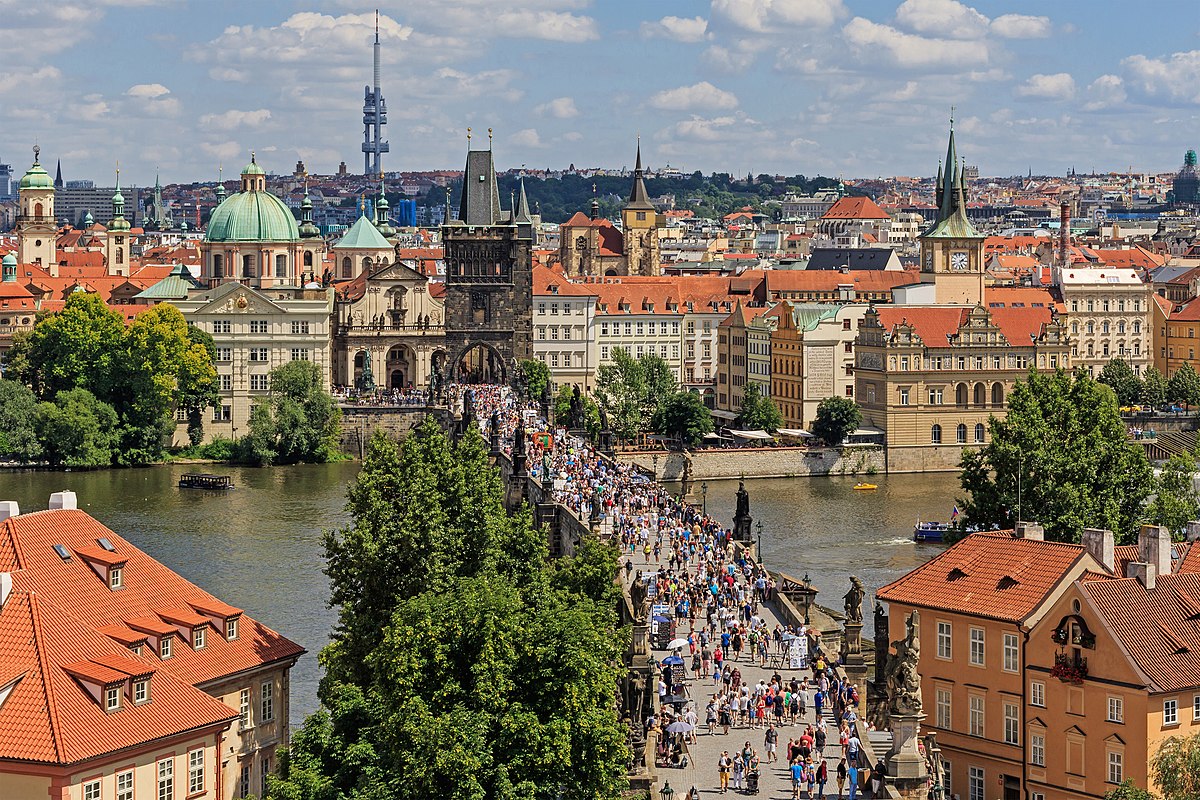What is the Best Time to Visit Italy?
Italy, with its rich history, stunning landscapes, and delectable cuisine, is a dream destination for many. To make the most of your visit, understanding the best time to explore this beautiful country is crucial. Let's delve into the intricacies of Italy's seasons to help you plan an unforgettable trip. Italy is best visited in the spring and autumn, when the weather is pleasant and there are fewer tourists. The weather is perfect for touring all that the nation has to offer, the scenery is colourful, and costs are reduced. Italy is best visited in the spring (April–May) or early autumn (September–October), when the weather is nice, the cost is reasonable, and there aren't many tourists. Italy is blessed with a moderate temperature for the majority of the year, with the warmest months being June, July, and August. Don't allow the hectic summer months in Europe to stop you from visiting renowned tourist destinations! There is plenty to fill an itinerary for every month of the year, from the big cities to the Dolomites to the Amalfi Coast.
More about the Best Time to Travel to Italy
Italy's climate varies, offering distinct experiences in different seasons. Whether you prefer the vibrant atmosphere of peak seasons, the tranquilly of the offseason, or the charm of specific months, Italy caters to all preferences.Like January, much of Italy is still accessible for travel throughout the harsher winter months because of the milder Mediterranean winters. Though you'll have to endure colder weather, you'll be rewarded with more serene cities and attractions.
Since it's very much the off-season, you'll discover that hiking trails in the popular regions, like the Cinque Terre, don't open until Easter and that many hotels outside of the larger towns are closed.
The Dolomites and the Alps are experiencing a full skiing season, although this is an anomaly compared to Italy's ski resorts. Although snowfall is anticipated in certain regions, it may even occur in areas that are near sea level.
Travel Peak Season in Italy
From March to June, Italy experiences its peak tourist season. The weather is mild, and outdoor attractions come to life. Cities like Rome, Florence, and Venice buzz with energy, and cultural events abound. Planning ahead is crucial during this period to avoid crowds.
-
Summer (June to August):
- Reasons: The summer months, from June to August, constitute the peak tourist season in Italy. During this time, the weather is generally warm and sunny, making it ideal for beach vacations and outdoor activities. Popular destinations, including Rome, Florence, Venice, the Amalfi Coast, and the Italian islands, attract a high number of domestic and international tourists. Festivals, cultural events, and historic sites are in full swing during the summer.
-
Spring (April to May) and early autumn (September to October)
- Reasons: Spring and early autumn are also popular seasons for travel in Italy. During these periods, the weather is typically mild, and the landscapes are vibrant, with blooming flowers in spring and colourful foliage in autumn. Tourists can enjoy a more relaxed atmosphere compared to the peak summer months.
-
Christmas and New Year (late December to early January):
- Reasons: The Christmas and New Year holiday season is another peak travel period in Italy. Many tourists, both domestic and international, choose to spend their holidays exploring various regions, enjoying festive events, and experiencing the unique holiday traditions of different cities.
Travel Offseason in Italy
For those seeking a quieter experience, the off-season from November to February is ideal. While some attractions may close, the lack of crowds allows for a more intimate exploration of Italy's treasures. Plus, the festive atmosphere during Christmas and New Year adds a unique charm.
-
Late Autumn to Early Spring (November to March):
- Reasons: Late autumn to early spring is generally considered the offseason in Italy. During these months, temperatures can be cooler, and there may be fewer tourists. Popular destinations, including Rome, Florence, Venice, and the Amalfi Coast, may have reduced crowds, allowing visitors to explore cultural sites and historical landmarks with greater ease.
-
Winter (December to February):
- Reasons: Winter, especially from December to February, is typically the quietest time for tourism in many parts of Italy. While some areas, particularly those with ski resorts, may attract winter sports enthusiasts, other destinations experience reduced visitation.
-
Midweek Travel:
- Reasons: Travelling on weekdays, especially outside of major holidays, can often provide a quieter experience. Many tourists visit Italy on weekends, and weekdays may offer a more relaxed atmosphere in cities and tourist spots.
Italy Weather in Winter (November – February)
Winter in Italy, spanning from November to February, brings a different kind of magic. The country transforms into a winter wonderland, especially in the northern regions. Let's explore the weather month by month.
Italy Weather in November
November marks the beginning of winter, with temperatures dropping and occasional rainfall. While some regions may experience the first snowfall, southern Italy remains relatively mild. It's an excellent time for cultural exploration without the summer crowds.
Italy Weather in December
December brings festive cheer and a chill in the air. Cities are illuminated with Christmas lights, and the Alps offer a snowy retreat. Southern Italy remains temperate, making it a diverse destination for winter enthusiasts.
Italy Weather in January
January sees winter in full swing, particularly in the north. It's an ideal time for skiing in the Alps or exploring historic sites with fewer tourists. Southern regions remain moderate, providing a balance for various interests.
Italy Weather in February
As winter starts to wane, February offers a mix of snowy landscapes and glimpses of spring. Carnival celebrations bring vibrancy to cities like Venice. It's a transitional month, allowing visitors to experience both winter and the promise of a blooming spring.
Italy Weather in Summers (March to June)
As spring unfolds, Italy blossoms into a captivating destination. From March to June, the weather becomes pleasant, and outdoor activities flourish.
Italy Weather in March
March marks the onset of spring, with milder temperatures and blooming landscapes. It's an excellent time for cultural exploration as outdoor sites become more inviting.
Italy Weather in April
April sees Italy in full bloom, with spring festivals and vibrant colours. The countryside becomes a picturesque backdrop, and outdoor dining becomes more enjoyable.
Italy Weather in May
May brings warm weather without the intensity of summer heat. It's an ideal month for exploring coastal areas, enjoying outdoor festivals, and indulging in Italy's culinary delights.
Italy Weather in June
June heralds the beginning of summer, with longer days and pleasant temperatures. It's an excellent time for beach vacations, outdoor concerts, and indulging in gelato under the Italian sun.
Italy Weather in Monsoon (July – October)
Italy experiences its version of the monsoon from July to October, characterised by occasional rain showers and warm temperatures.
Italy Weather in July
July brings the warmth of summer, with occasional rain showers refreshing the landscape. Coastal areas and islands have become popular destinations for sun-seekers.
Italy Weather in August
August continues the summer vibe, with warm temperatures prevailing. While some businesses may close for vacation, coastal regions remain lively with beach activities.
Italy Weather in September
September offers a delightful transition from summer to fall. The weather remains warm, making it an ideal time for outdoor activities and exploring historical sites without the summer crowds.
Italy Weather in October
October marks the end of the tourist season, with cooler temperatures and occasional rainfall. It's an excellent time for wine enthusiasts as vineyards prepare for the harvest season.
Conclusion
Choosing the best time to visit Italy depends on your preferences and interests. Whether you seek the vibrancy of peak season, the tranquilly of the offseason, or the unique charm of specific months, Italy welcomes you with open arms. Embrace the diverse experiences this country offers, from winter wonders to the warmth of summer, creating memories that last a lifetime.
What is the best time to visit Italy for a cultural experience?
The offseason from November to February provides a quieter atmosphere for cultural exploration.
Is it advisable to visit Italy during the peak season?
Yes, but planning ahead is crucial to avoid crowds during the peak season from March to June.
Are outdoor activities enjoyable in Italy during the monsoon?
Despite occasional rain, coastal areas and islands make for enjoyable outdoor activities during the monsoon from July to October.
Which month is ideal for a beach vacation in Italy?
June offers pleasant temperatures, making it an ideal month for a beach vacation.
What is the weather like in southern Italy during winter?
Southern Italy experiences milder temperatures during winter, providing a diverse experience for winter travelers.

